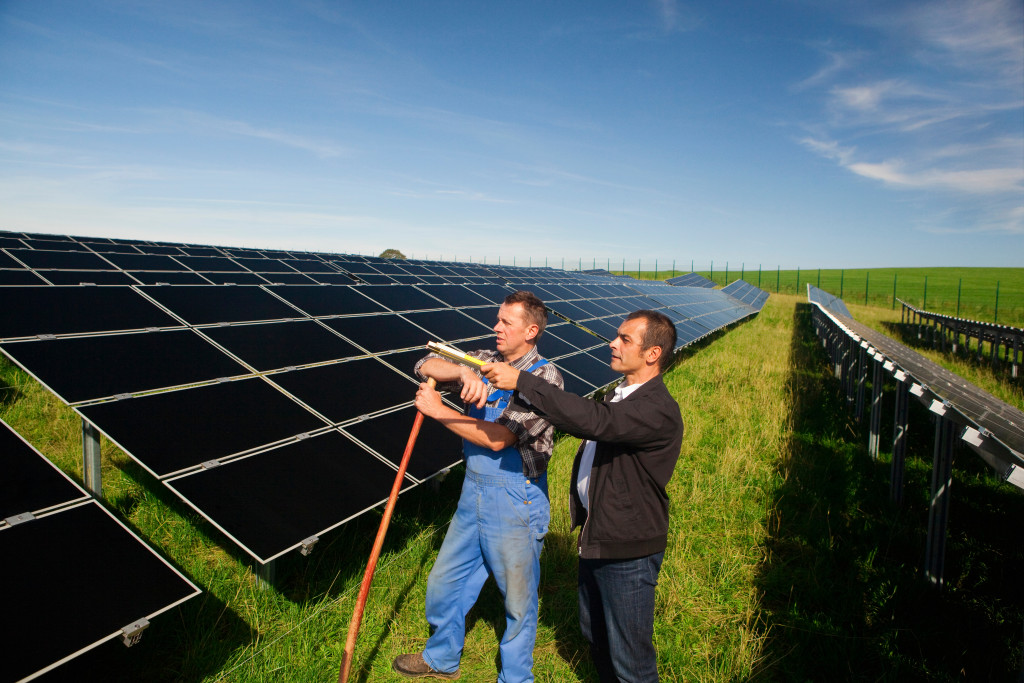- Investing in energy-efficient technologies and renewables can help reduce energy costs and carbon emissions.
- Evaluate energy consumption to identify areas of wastage and save costs.
- Consider window tinting services for further savings on monthly bills.
- Change energy supplier to secure an affordable deal.
- Establish a company-wide cost-saving culture and set clear targets for staff.
Small and Medium Enterprises (SMEs) can be a thriving source of economic growth in the UK. Unfortunately, they can be more vulnerable to external factors such as rising energy prices. With recent trends pointing towards more significant energy costs, many businesses are rethinking their strategies to manage their energy bills.
In addition, the government’s recent withdrawal of energy bill support has made it even more important for SMEs to develop sound energy-saving practices. Here are some practical strategies for increasing energy prices while reducing carbon footprint.
Investing in energy-efficient technologies and renewables

Many SMEs are now exploring renewable energy sources to improve cost efficiency while reducing carbon emissions. Solar panels, wind turbines, and ground-source heat pumps are all viable options for small businesses. Investing in energy-efficient technologies such as LED lighting offers a long-term pay-off, saving companies money on electricity bills.
Moreover, businesses can also take advantage of government incentives such as the Renewable Heat Incentive, which provides financial rewards for using renewable energy.
Evaluating energy consumption
One of the most effective ways to manage increasing energy costs is to closely monitor the amount of energy consumed by your small business. Conducting a thorough energy usage audit is a vital first step in identifying areas where you can reduce wastage and save costs. Several organizations specialize in conducting energy audits, and engaging their services can be a worthwhile investment.
Opting for energy-reduction solutions
One area where you may be able to save money is on your monthly energy bills. With so many energy-efficient solutions, investing in these options can make a big difference in reducing your costs.
For example, consider window tinting services. By tinting your windows, you can limit the amount of heat that comes through them, which means your air conditioning won’t have to work as hard to keep your space cool. This small investment can significantly impact your monthly energy bills in the long run. So why not take advantage of these solutions and start seeing the benefits for yourself?
Changing energy supplier
With energy suppliers continually increasing their prices, SMEs can be hit hard. In many instances, it can be helpful to research available alternatives to your current energy supplier to see if you can secure a more affordable deal. Here are a few things you must consider:
Choose the right type of energy plan for your business
Different energy plans suit businesses, including variable-rate, fixed-rate, and green energy plans. Each plan has its strengths and weaknesses, depending on the business’s needs.
- Fixed-rate plans offer stability because they have a fixed price for a specific duration.
- Variable rate plans allow businesses to take advantage of low energy rates.
- Green energy plans usually come at a premium price.
Check the quality of customer service
When changing energy suppliers, the quality of customer service should be a crucial factor to consider. Before making any commitments, you should check the supplier’s reputation in customer services, such as online reviews and ratings from other businesses.
Embracing a company-wide cost-saving culture

As energy prices continue to rise, companies must find ways to reduce costs to maintain profitability. One great way of doing this is to establish a company-wide cost-saving culture. This culture makes cost-saving a habit for everyone, from the CEO to the least entry-level staff. By embracing a company-wide cost-saving culture, businesses can save energy expenses significantly while doing their bit for the environment.
Set Clear Cost-Saving Targets
To create a cost-saving culture, employees must clearly understand what they need to achieve in terms of savings targets. The targets should not be too high or too low. They should be realistic, measurable, and achievable. Ensure you have an effective means of tracking the progress toward achieving these goals.
Educate Your Employees
To create a company-wide cost-saving culture, every employee must understand their role in making it happen. Educate your employees on the importance of energy-saving practices, their objectives, and the consequences of not achieving set targets. Teach them how to reduce energy consumption through small habit changes such as turning off electronics, minimizing water usage, and closing windows and doors to keep in the heat.
The Bottom Line
In conclusion, managing increasing energy prices as an SME in the UK can be challenging. However, there are several measures that small businesses can adopt to manage their costs effectively.
Investing in renewable energy options, conducting energy audits, changing suppliers, establishing energy-saving cultures within the workspace, and utilizing government incentives are all effective measures to consider. By embracing these changes and exploring alternative energy options, SMEs can help manage energy costs and carbon footprint.



